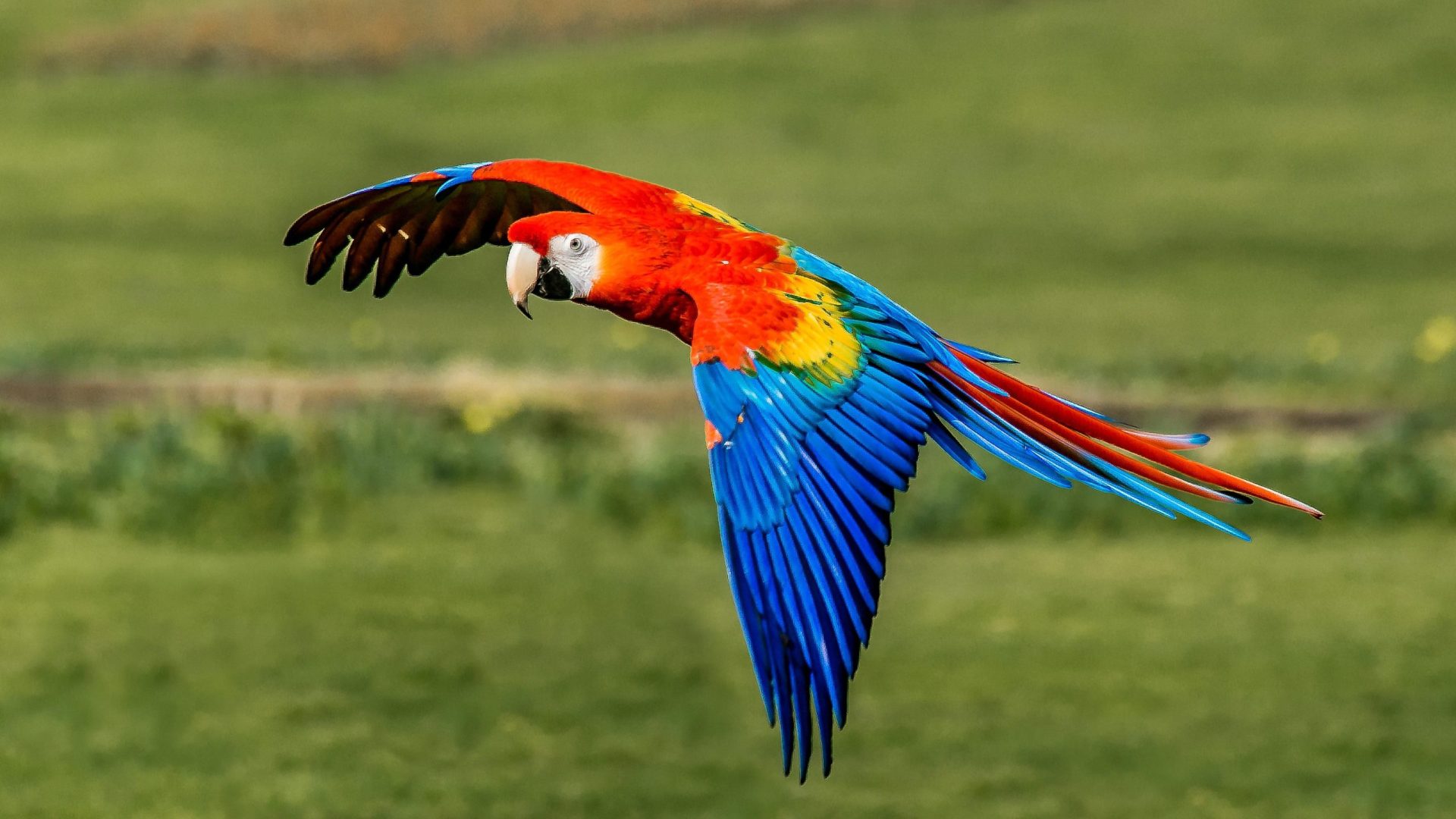Introduction to Macaws
Macaws, known for their vibrant plumage and captivating presence, are a remarkable family of parrots. These magnificent birds have long been a symbol of the lush rainforests of Central and South America. In this section, we delve into the enchanting world of Macaws, exploring their diverse species, stunning colors, and the unique characteristics that make them a true marvel of the avian kingdom.
Diversity of Macaw Species
Within the world of Macaws lies a diverse tapestry of species, each with its own distinct charm. From the fiery hues of the Scarlet Macaw to the dazzling blue and gold of the Blue and Gold Macaw, Macaws come in a stunning array of colors. In this section, we embark on a journey to discover the rich tapestry of Macaw species, uncovering their individual traits and the regions they call home.
Physical Characteristics
Macaws are known not only for their vivid colors but also for their striking physical attributes. From their powerful beaks to their long, elegant tails, these parrots are nature’s masterpiece. This section offers an up-close look at the physical characteristics that set Macaws apart in the world of parrots.
Habitat and Range
Macaws are denizens of some of the world’s most lush and biodiverse habitats. In this section, we explore the vast rainforests and tropical regions where Macaws thrive. Discover the incredible ecosystems they inhabit and their role in these delicate environments.
Diet and Feeding Habits
The diet of Macaws is as diverse as their plumage. From the fruits and nuts of the rainforest canopy to their unique feeding habits, Macaws have adapted to a specialized diet. This section uncovers what fuels these vibrant birds and how they forage for sustenance.
Behavior and Social Structure
Macaws are not only known for their beauty but also for their engaging behaviors and social interactions. This section delves into their fascinating behaviors, from their vocalizations to their strong bonds with flock members and humans alike.
Conservation Status
The conservation status of Macaws is a matter of concern. This section discusses the challenges they face, including habitat loss and the illegal pet trade. Learn about the efforts being made to protect these magnificent birds and their critical role in preserving biodiversity.
Comparison with Other Parrot Species
In the world of parrots, Macaws stand out as charismatic and distinctive. This section compares Macaws to other parrot species, highlighting what makes them unique and why they are cherished by bird enthusiasts.
Keeping Macaws as Pets
Many people are drawn to Macaws as pets, but their care requires dedication and understanding. In this section, we explore what it means to have a Macaw as a pet, offering insights into their needs and the responsibilities that come with sharing your life with one of these intelligent birds.
Fun Facts and Anecdotes
Macaws are full of surprises and delightful anecdotes. This section provides a collection of fun facts and heartwarming stories that showcase the charming and endearing side of Macaws.
Conclusion
In conclusion, Macaws are more than just colorful parrots; they are ambassadors of the natural world’s beauty and diversity. As we’ve journeyed through these sections, we’ve glimpsed into their world, their challenges, and their unique place in our hearts. Whether you’re an avid bird enthusiast or simply captivated by their beauty, Macaws remind us of the wonder of the avian kingdom and the importance of conserving these living rainbows for future generations.
FAQS
Q1: What sets macaws apart from other parrots in terms of appearance?
A1: Macaws are distinct for their vibrant plumage, boasting a stunning array of colors that make them some of the most visually captivating parrots. Their large size and long tails also contribute to their unique appearance.
Q2: Why are macaws considered important for rainforest ecosystems?
A2: Macaws play a crucial role in rainforest ecosystems by aiding in seed dispersal. They consume fruits and nuts and then spread the seeds throughout the forest, contributing to its regeneration.
Q3: What are the main threats to wild macaw populations today?
A3: The primary threats to wild macaw populations include habitat loss due to deforestation, illegal wildlife trade for the pet industry, and hunting by humans for their feathers and meat.
Q4: How are conservationists working to protect macaw species?
A4: Conservationists employ various strategies such as habitat preservation, captive breeding programs, education and awareness campaigns, and community engagement to safeguard macaw populations.
Q5: What is the significance of macaws in indigenous cultures and mythology?
A5: Macaws hold deep cultural and symbolic significance in many indigenous societies. They are often revered as symbols of power, beauty, and spirituality, with roles in rituals, art, and mythology.
